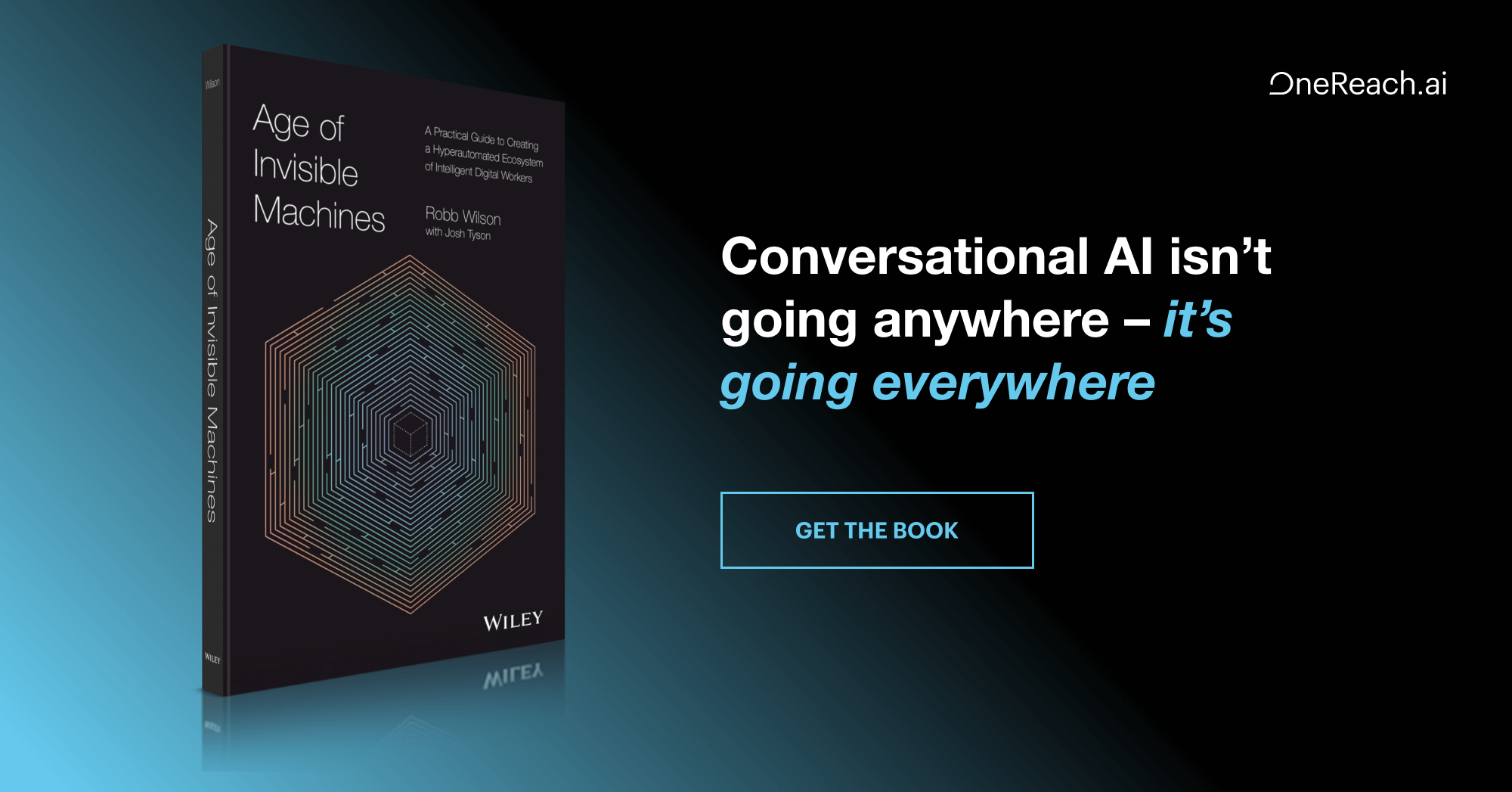As I approach my 30s, I’m trying to integrate new habits into my life. Luckily, I live in New York City, where potential new habits wait around every street corner. One of the newest habits I’ve picked up is biking to work on a regular basis, which has now become my main method of transportation around the city.
I get to work 15 minutes faster, avoid the overly cramped subways, and enjoy the city scenery while feeling the rush of wind on my face. Now that I am an experienced biker, there is something exhilarating about having free range to zip around the city wherever I want. However, in the beginning, this freedom was not something I took advantage of or even wanted. At first, I was completely focused on the rules of the road while riding because I had to be. I was dealing with a lot of new variables I hadn’t thought about or experienced before; like wandering pedestrians and car doors opening. With constant repetition, I am now able to almost mindlessly maneuver the city roads.
At this point, you are probably wondering, what does biking have to do with UX? Well, for starters, when first-time users come to a site, they have to focus to get from point A to point B, just like I used to going place to place. As designers, we can help them get there with clear and intuitive messages to the point where maneuvering within our product becomes mindless, just like my morning commute.
1. Pay Attention to Best Practices for First-Time Users
When I was young, I learned basic traffic rules from my parents: like how to cross the street safely. They taught me to look both ways, and to pay attention to the big red (or green) lights. As a first time cyclist, my basic traffic knowledge had to expand in order to survive on the roads. I had to learn that a red light didn’t always mean cars stop right away or that people do not always check their side mirrors before swinging their door open when parked on the side of the road. It was experience (and some close calls) that taught me these more advanced traffic rules.
When users are navigating a website, there are a core set of features they are already aware of that they build on through experience with the website. Take Seamless for example. The first time I used Seamless it took me about 10 minutes to figure out how to find the restaurant I was looking for and correctly order everything that I wanted. However, each time I use the website, I learn new shortcuts and better my ability to search quickly and efficiently. Now, with the experience of using the website almost every day, I can be on the phone or talking to a co-worker, and at the same time order my lunch online seamlessly (get it?).
2. Offer Consistent Clear Communication
Through my biking experiences, I have become familiar with riding down the West Side pathway. This familiarity allows me to successfully understand and navigate the maze of traffic lights, road signs, and directional indicators that litter my journey and arrive safely at my destination.
Being familiar with a website’s key features and indicators can allow a user to arrive successfully at their destination, or end goal, as well. Information should be presented in a familiar fashion to teach users what to expect at every turn. Navigating through a website becomes much safer and comfortable if users are confident that what you promise is what they will get at the end of their journey. Consistency is key when communicating to users.
I take the same bike route to work every day because that is the route I determined to be the most efficient and enjoyable for me. The consistency of always having the same route is crucial to an enjoyable journey; I know when certain lights will change, which roads are busy and which are not, and approximately how long it takes me to get to work.
Changes that force users to expend extra energy can ruin their experience and lose you a customer
Let’s say one day I was taking my normal bike route to work and one of the roads I usually take was closed due to the Macy’s Day Parade. I may not know how to get around this obstacle and still get to work safely and on time. I would be very unhappy because I now have to expend extra energy on my morning ride, which is supposed to be an enjoyable experience.
The same goes for online user experience. A user has expectations about your website that need to be met in order for them to have an enjoyable experience. Sudden changes or issues that force them to expend extra energy can ruin their experience and lose you a customer.
3. Make it Easy
After I became more familiar with riding, I started to rely on muscle memory. I identified the fastest and safest route to work and I took it day after day. Bike riding became a simple routine I was comfortable with. Instead of focusing on navigating from point A to point B, I was able to spend time thinking about other things I wanted to.
Any good digital interaction should clearly indicate basic rules and encourage users to interact. Website intersections should be simple and familiar so users are able to use their “muscle memory” to navigate their way to their destination.
Conclusion
These are just a few things about UX that occurred to me on my daily bike ride to work. What have your daily routines taught you about experience design? I’d love to read your comments below.
Image of bicycle in NYC courtesy Tom Olesnevich







